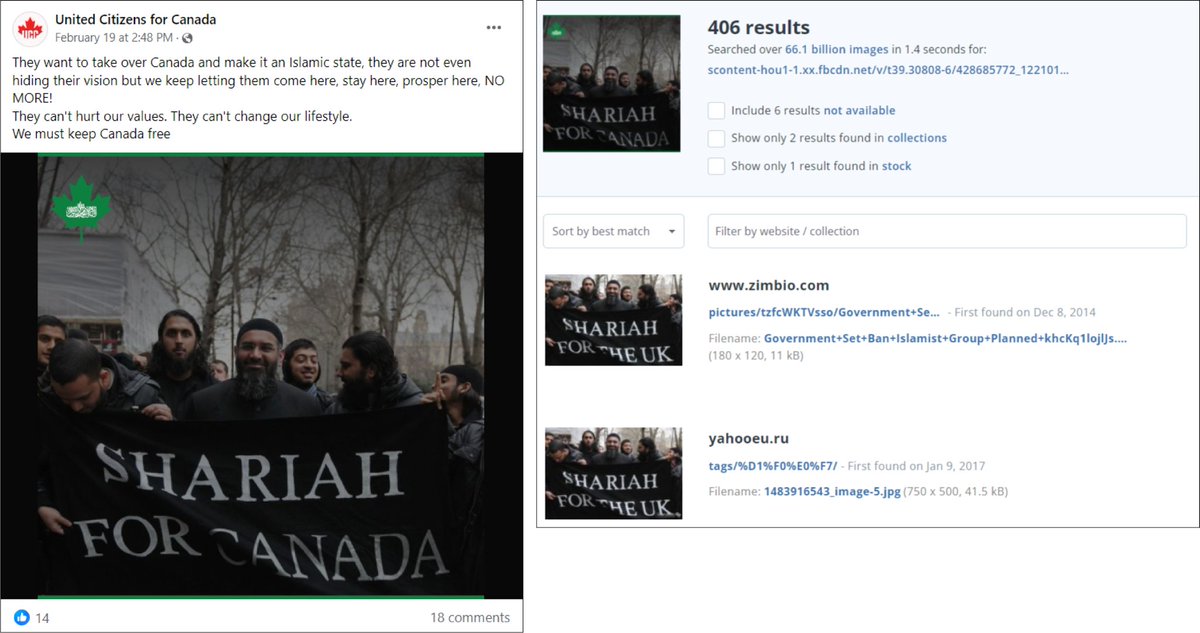REPORT ALERT🚨 We're excited to announce, "Another Battlefield: Telegram as a Digital Front in Russia’s War Against Ukraine." This year-long research project delves into Telegram's crucial role in Russia's information warfare against Ukraine. Read more: dfrlab.org/2024/06/10/ano…
In the two years since Russia's full-scale invasion of Ukraine, Telegram has become a pivotal platform for understanding the Russian perspective on the war. It remains one of the few windows into Russian sentiment, from the public to the Kremlin.
The Kremlin's crackdown on Western social media while leveraging Telegram solidified the platform's influence, where it has become a primary source for observing Russian narratives and state propaganda.
Analysis of top Russian Telegram channels revealed spikes in activity during major events like the initial invasion, Prigozhin’s 2023 mutiny, and key military operations. The top 15 channels often repost content from each other, reinforcing Kremlin narrative feedback loops. 

Viewership of top channels skyrocketed from 16B views in 2021 to 95.5B in 2022, and further to 109B in 2023. Key players include RIA Novosti and Vladimir Solovyov, with enormous viewership gains. 

Posts from leading military bloggers covered frontline updates, resource dependency, and derogatory narratives about Ukrainians. Their criticism of the Russian Ministry of Defense further makes them popular among users seeking more "trustworthy" sources than state media. 

Channels linked to Private Military Companies (PMCs) focused on fundraising, recruitment, and information dissemination. #Wagner Group's channels were notably active until Roskomnadzor's crackdown during the 2023 mutiny. 

The report also covers how pro-Russian hackers and media outlets utilize Telegram to disseminate content, furthering Russia's digital propaganda efforts. Peaks in hacktivist channel activity often preceded cyberattacks, with frequent mentions of Ukraine, the US, and Poland. 

#Telegram content citations in Russian media surged by 481%, reflecting its growing influence. In contrast, citations of banned platforms like #Facebook and #Instagram plummeted. VK saw only modest growth, underscoring Telegram's dominance. 

About half of the top 100 Russian Telegram channels remain anonymous, using this as a tactic to attract followers. However, Kremlin crackdowns have exposed many, with claims that anonymity on Telegram is a myth. 

Despite surveillance, Telegram hosts numerous channels critical of the Kremlin, including Meduza and Western outlets like The NY Times and The Washington Post, which bypass web bans by using Telegram. nytimes.com/2022/03/14/wor…
#Wagner-affiliated channels posed significant challenges to Kremlin narratives, especially during the 2023 mutiny. Prigozhin's channels alone saw massive spikes in subscribers and engagement. 

Telegram has also been a tool for fundraising and recruiting for the war effort. Russian Telegram groups have successfully raised funds for military gear and recruitment, with influencers like Solovyov playing key roles in these campaigns. 

Telegram remains a crucial battleground for information warfare, providing insights into Russian propaganda and public sentiment. The platform’s role will likely continue to evolve in the ongoing war. Read the full report for an in-depth analysis: dfrlab.org/2024/06/10/ano…
A huge thanks to research coordinators @EtoBuziashvili and @GGigitashvili_, editor @acarvin, authors @gyron_bydton @SGelava @sayyara_a @MejlumyanAni @Olari_Victoria @r_osadchuk @EtoBuziashvili @GGigitashvili_ + researchers @estebanpdl @jean_leroux for making this report happen🎊
• • •
Missing some Tweet in this thread? You can try to
force a refresh










